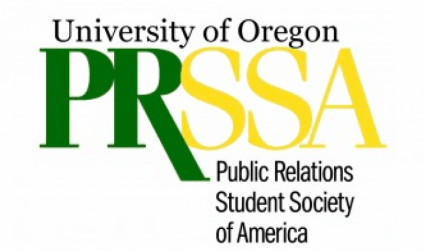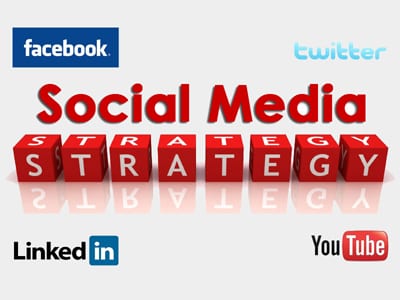By Talia Smith
As Thanksgiving weekend and holiday break are upon us, I think we can all expect an inevitable conversation with a relative that goes something like this:
Relative: How’s school going?
Me: It’s going well, Aunt Maureen. Thanks for asking.
Relative: What is it that you study again?
Me: Public relations.
Relative: Public relations? What’s that?
Maybe it’s just me, but at this point, I am racking my brain for the right words to articulate what exactly PR is. It is hard to summarize the whole industry into a few sentences because each sector of PR is different and the field is changing every day.
I realized after providing a not-so-great answer to a family member that I really should have a few sentences prepared about what I do. Then I remembered there’s a professional concept called an elevator pitch which is a 30-second opportunity to tell someone what you do in the time it takes to ride an elevator.
In preparation for the holidays and the get-togethers that come with it, I encourage aspiring PR pros to create your own PR elevator pitches. Holiday gatherings are an excellent opportunity to test run your pitch in front of a forgiving crowd so when you find yourself in an elevator with an executive seeking PR assistance, you’ll be able to eloquently communicate your message.
To help you get started, here are a few examples about how to construct your own PR elevator pitch. Let’s assume someone asks, “What is PR?”
Provide a general definition and an example of what PR professionals do.
According to the PRSA, “Public relations is a strategic communication process that builds mutually beneficial relationships between organizations and their publics.” This definition is a great starting place for your pitch but you’ll want to customize it to your own voice.
Public relations is a strategy brands use to communicate with their audiences.
Public relations professionals think of creative ways to help clients reach their audiences.
Public relations helps companies build relationships with the people who make the company successful.
Public relations professionals work with media outlets to share their client’s story to the public.
Follow with a casual, attention-grabbing statement.
You don’t want to pepper your pitch with industry-exclusive jargon. That’s a surefire way to receive glazed over eyes and the classic “I have no idea what you just said so I’ll just nod my head.” Keep it simple and use relatable words.
We do the behind-the-scenes work to help companies shine in the media.
Just like the name suggests, we help companies relate to the public.
We are like storytellers but for brands and organizations.
We take elements from advertising, journalism, and marketing to create a plan to help companies succeed.
Narrow in on what you would like to do in the field of PR.
Now that your listener knows what PR is, tell them what it means to you and how the definition relates to your aspirations.
One day, I’d like to help nonprofits spread their message in order to raise more revenue.
I want to be a bridge between the scientific community and the public.
I want to work exclusively with food and beverage PR to make sure my clients’ products end up in your refrigerator.
I’d like to use my love for writing to help brands get their message out in creative ways.
This holiday season, don’t panic when a relative asks, “So, what do you do?” Taking the time to create your own PR elevator pitch will not only help others understand what you do, but it might even help you better understand what you do or want to do. Make your PR elevator pitch your mantra and hopefully one day you’ll be reciting it to your future employer in an elevator and not to your Aunt Maureen as she passes the pumpkin pie.













